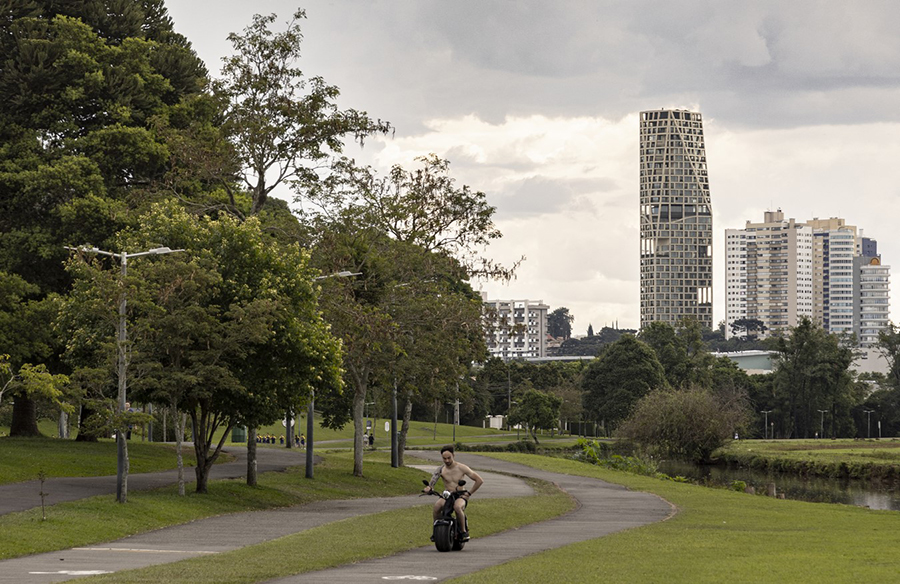While the era of ChatGPT has undoubtedly showcased the productivity-enhancing capabilities of artificial intelligence (AI), recent developments indicate AI’s potential to propel humanity towards groundbreaking discoveries transcending conventional boundaries.
Unveiling Ancient Secrets: Deciphering the Herculaneum Papyri
A breakthrough occurred when researchers utilized machine learning to decipher a nearly 2000-year-old scroll, part of the Herculaneum papyri preserved since the eruption of Vesuvius in 79 AD. Nat Friedman, former GitHub CEO, initiated the Vesuvius Challenge, inviting researchers to employ AI techniques to unlock the scroll’s secrets. The winning team, comprising researchers from the US, Egypt, and Switzerland, employed AI to analyze high-resolution CT scans, unraveling a portion of the text that elucidates Epicurean philosophy.

AI in Geological Exploration: Uncovering Copper Deposits
Simultaneously, AI is revolutionizing geological exploration, as exemplified by KoBold Metals’ utilization of AI to discover a significant copper deposit in Zambia. With the demand for copper surging, traditional prospecting methods face limitations. KoBold Metals harnesses AI to analyze geoscience data, historical documents, and maps, facilitating the identification of prospective mineral deposits deep underground. This AI-led discovery signifies a monumental breakthrough, potentially rivaling renowned copper mines in terms of production output.
Implications for the Future
These developments underscore AI’s transformative potential beyond mere efficiency gains, positioning it as a catalyst for pioneering discoveries in archaeology, geology, and beyond. As AI continues to evolve, its capacity to unravel historical mysteries and unearth valuable resources holds promise for ushering humanity into a new age of exploration and understanding.













